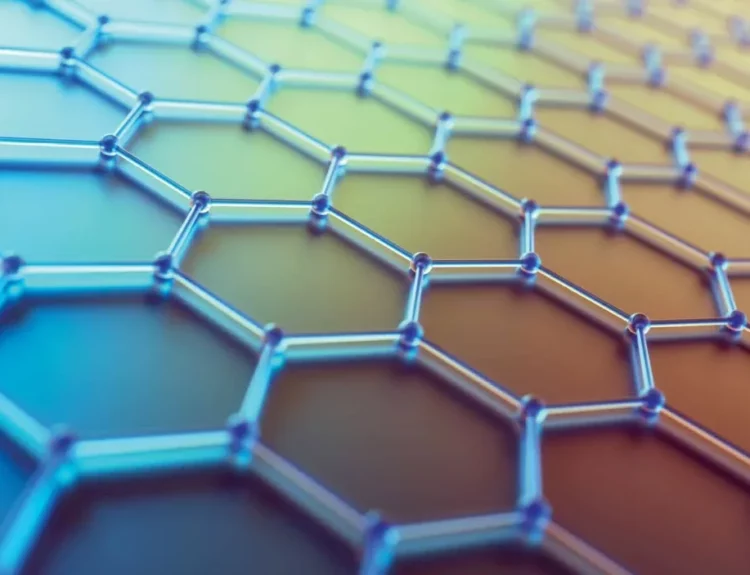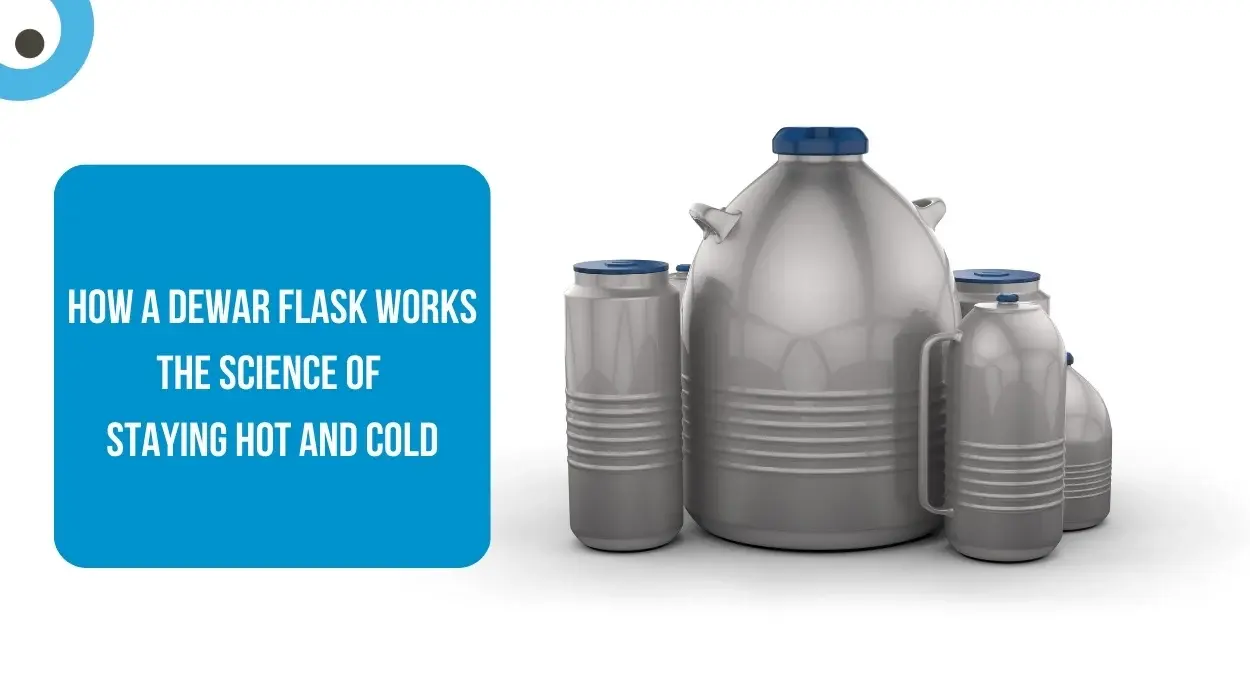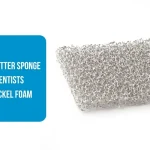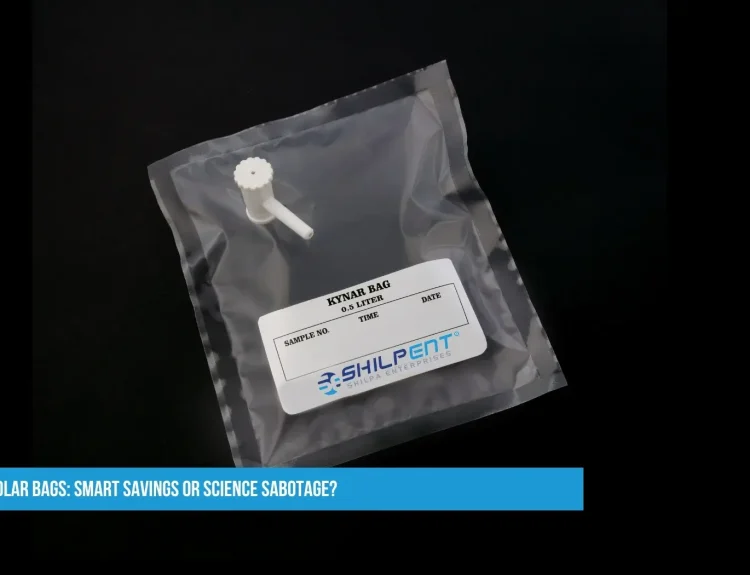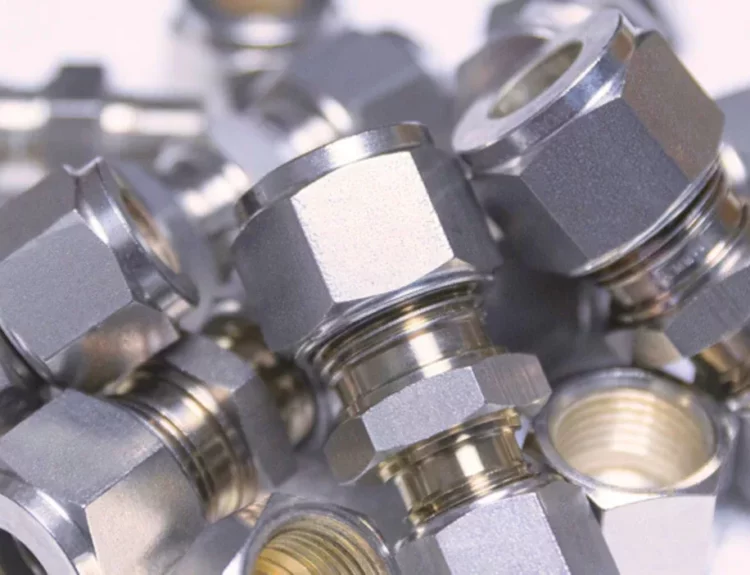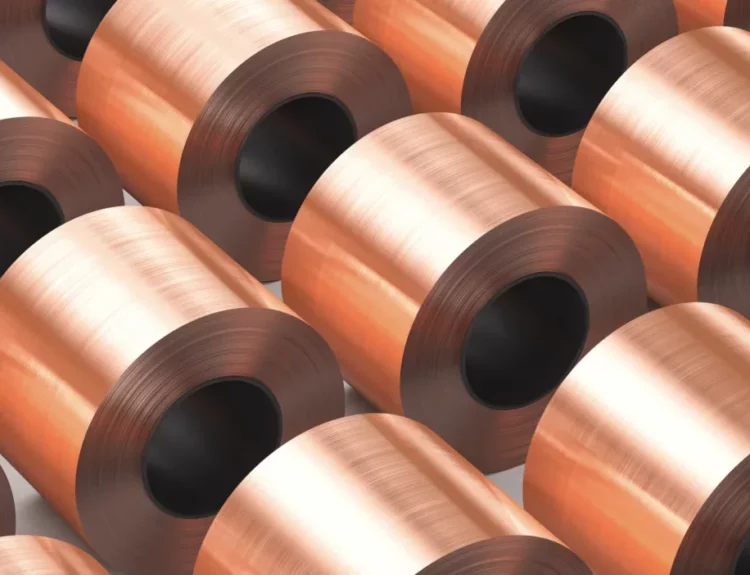You may have a Thermos or a similar vacuum flask in your kitchen. It keeps your coffee hot for hours and your iced tea cold all afternoon. But have you ever wondered how the same bottle can do both jobs so well?
The secret isn’t magic—it’s brilliant physics. The original invention, called a Dewar flask after scientist Sir James Dewar, is designed to fight the three ways heat travels. Let’s break it down.
Heat is Always on the Move
First, remember that heat always moves from warmer areas to cooler ones. Your hot coffee tries to heat the room, and your cold drink tries to absorb heat from the room. A Thermos creates a barrier to stop this from happening.
The flask is a superhero that has three powers to defeat the three villains of heat transfer:
The Double-Wall Trap (Stops Conduction)
What is Conduction? This is heat moving through solid objects. If you leave a metal spoon in a hot pot, the handle gets hot because heat travels through the metal.
How the Flask Fights It: The flask isn’t one bottle; it’s two, one inside the other, with a small gap between them. They are connected only at the neck. Heat can’t easily travel from the inner wall to the outer wall because there’s no solid material connecting them. This dramatically slows down heat loss.
The Vacuum Shield (Stops Convection)
What is Convection? This is heat moving through liquids and gases (like air). The air near your hot coffee heats up, rises, and more incredible air moves in to take its place, creating a current that carries heat away.
How the Flask Fights It: The gap between the two walls isn’t just empty, it’s a vacuum. Scientists have sucked almost all the air and molecules out of that space. No air means there’s nothing to create those heating or cooling currents. Heat can’t travel through nothing! This is the flask’s most important superpower.
The Mirror Coating (Stops Radiation)
What is Radiation? This is heat traveling in waves (like infrared radiation), just like the heat you feel from the sun or a campfire.
How the Dewar Flask Fights It
The inside walls of the flask are coated with a thin, shiny, silver layer. This acts like a mirror. When heat tries to radiate out from your hot coffee, this shiny surface reflects it right back in. If you have a cold drink inside, it reflects heat from the outside room away, keeping the contents cold.
Finally, the stopper (or lid) is also a key part. It’s usually made of plastic or cork, which are poor conductors of heat, and it’s designed to create a tight seal. This keeps the vacuum safe and prevents heat from escaping (or entering) through the top.
In a Nutshell:
A Dewar flask (or Thermos) works by creating a near-perfect insulating environment using a vacuum and reflective walls. It doesn’t “know” if something is hot or cold; it simply slows down the transfer of heat in either direction. Your hot coffee stays hot because heat can’t get out. Your cold lemonade stays cold because heat can’t get in. It’s an incredible and straightforward application of physics that we use every day.
